I earn a small commission via affilate links at no extra cost to you.
There’s a big push right now towards a plant-based diet. The very thought of this idea makes me cringe because it’s not better for the environment, it’s not healthier, and it’s low-fat dogma from the ’80s repackaged with a facade of environmentalism. We all know how the dietary advice from the ’80s turned out… Besides holding a degree in environmental science I am one of those people who experience autoimmune joint pain, and a number of other side effects when I eat most plant compounds. What is most interesting is that sometimes more than 1 of the plant compounds I mention below are found in the same plant. Plants, especially vegetables, are always touted as the best thing we can eat, but what if they’re causing your osteoarthritis or autoimmune joint pain?
Nightshades And Joint Pain
Did you know that if you have autoimmune joint pain, the nightshade family is the number one plant family your body is least likely to tolerate? On the autoimmune paleo protocol there’s an order that you reintroduce foods. You begin with the foods that are most likely to be tolerated. Nightshades are dead last on that list which is important for people with rheumatoid joint pain to know. Clients I’ve helped have reduced/eliminated their joint pain, both osteoarthritis, and autoimmune joint pain, by removing nightshades from their diet. What are nightshades?
I know. If you didn’t know what nightshades were you probably just had a bit of a panic attack wondering what you’re going to eat. I certainly felt that way. Tomatoes, potatoes, and peppers are the big three. The ingredient listed as “spices” typically contains the pepper paprika so be mindful of that. Sweet potatoes and yams are not in the nightshade family but they are high in Oxalates which we’ll get to.
My paleo journey began because my body was chronically stiff for over 2 decades. The only medical solution presented to me was to drink more water but I knew that wasn’t the problem. Did you know that nightshades can cause calcification of soft tissues?
Overconsumption of calcitriol from nightshade foods can circumvent the kidney’s control and over time lead to calcium deposits in the soft tissues such as the tendons, ligaments, cartilage, cardiovascular tissues, kidneys and skin. Osteoarthritis is basically calcium deposits in the soft tissues of joints. Chronic hypercalcemia can lead to generalized vascular (blood vessel) calcification, which is coronary artery disease. [1]
For me, nightshades are a hard pass. Tomatoes and peppers give me a headache in about 20 minutes and eventual diarrhea and what I suspect is rheumatoid joint pain. Potatoes make my feet hurt before I even get out of bed the next day, combined with hand and knee pain of course. If you belong to any paleo group online you will see that there’s a general consensus that nightshades cause joint pain for most of us. Second to lectins nightshades are at the top of my list of things to remove from the diet for a period of time. Take them out and see how you feel. Imagine finding rheumatoid joint pain relief by simply getting rid of nightshades.
 Joint Pain Caused By Lectins?
Joint Pain Caused By Lectins?
Surely you’ve heard of gluten? Gluten is a lectin. Lectins are present in all grains, legumes, and to a lesser extent in nuts and seeds. Some vegetables and even some fruit also contain lectins. Traveling through the digestive tract lectins damage the cells that exist to repair the small intestine. This is why they’re one of the major culprits behind leaky gut. If you have autoimmune joint pain odds are that you also have a leaky gut. A leaky gut typically comes before autoimmunity develops.
From a plant’s point of view their objective is to make it to the next generation. They do that by making it difficult to digest their seeds. A seed passes through the digestive tract unharmed and in the wild gets planted in its own manure heap.
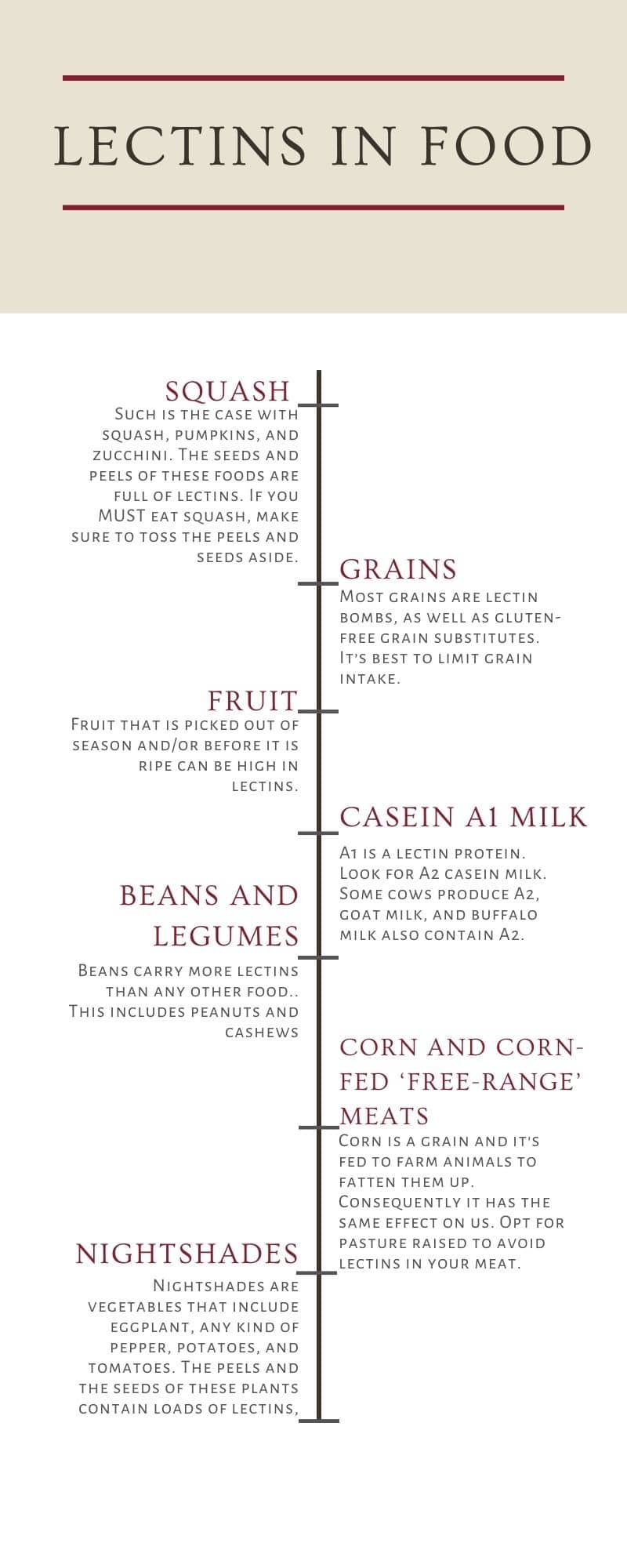
“Plant-derived dietary lectins have been reported to be involved in the pathogenesis of several inflammatory diseases, including inflammatory bowel disease, diabetes, rheumatoid arthritis, and celiac disease, but little is known about the molecular mechanisms underlying lectin-induced inflammation.” [2]
“Despite the almost universal clinical observation that inflammation of the gut is frequently associated with inflammation of the joints and vice versa, the nature of this relationship remains elusive. In the present review, we provide evidence for how the interaction of dietary lectins with enterocytes and lymphocytes may facilitate the translocation of both dietary and gut-derived pathogenic antigens to peripheral tissues, which in turn causes persistent peripheral antigenic stimulation. In genetically susceptible individuals, this antigenic stimulation may ultimately result in the expression of overt rheumatoid arthritis (RA) via molecular mimicry, a process whereby foreign peptides, similar in structure to endogenous peptides, may cause antibodies or T-lymphocytes to cross-react with both foreign and endogenous peptides and thereby break immunological tolerance. By eliminating dietary elements, particularly lectins, which adversely influence both enterocyte and lymphocyte structure and function, it is proposed that the peripheral antigenic stimulus (both pathogenic and dietary) will be reduced and thereby result in a diminution of disease symptoms in certain patients with RA.” [3]
As you can see there is a strong correlation between lectins, leaky gut, and rheumatoid joint pain. The good news is that if you’re suffering with rheumatoid there may finally be a way to reduce and/or eliminate your symptoms through lifestyle. For decades we’ve been limited to pain management and/or biologic medicines. Knowing that you have more control than you once thought is very empowering?
Oxalates: The Reason Your Green Smoothie Might Not Be Healthy
Not the greens too! Yep. I’ve been researching oxalates lately and I didn’t have the high oxalate food list memorized. As it turns out. Oxalates are also not my friend. During my information quest I came across the video below about Oxalates from Dr. Paul Saladino and Sally K. Norton MPH. (Read Sally’s Post About Oxalates)
The list of foods that contain oxalates is pretty long. Spinach is actually one of the highest if not the highest. Kale, Chard, and Beet Greens are also pretty high up on the list. This is the most comprehensive oxalate list I could find. It lists 112 Foods (some of them pre-packaged) and their oxalate content.
What’s interesting is that you don’t want to give up oxalates cold turkey. Your body works so hard to get rid of them that there will be a massive dumping of oxalates which will make you feel horrible. Begin by tracking how many you currently eat and then work on gradually reducing your intake.
What did you think about the raphide structure of oxalates? Little needles traveling through your body. Yikes! No wonder they cause so many health issues.
-
Oxalic acid or oxalates are very tiny molecules that bind minerals like calcium and form crystals. It is found in a variety of seeds, nuts and many vegetables. It’s only two carbons and four oxygen molecules. It’s a highly reactive compound that is attracted to positively charged minerals
-
Oxalates not only can cause kidney stones (calcium oxalate kidney stones) but also may be responsible for a wide variety of other health problems related to inflammation, auto-immunity, mitochondrial dysfunction, mineral balance, connective tissue integrity, urinary tract issues and poor gut function
-
Oxalic acid can harm glandular function, connective tissue function, neurological function and the function of the tissues of excretion, particularly the kidneys and bladder
-
Having a damaged gut lining will increase your absorption of oxalates. An inflamed or damaged gut lining is a very common problem, thanks to frequent antibiotic use and the presence of a number of chemicals in our food supply, including glyphosate. Other plant compounds such as phytates and lectins (such as gluten) can worsen gut health and exacerbate the impact of oxalates
-
Tissue destruction, fibromyalgia and autoimmune diseases such as rheumatoid arthritis and lupus are all issues that can be related to oxalates [3]
The Carnivore Diet For Joint Pain?
While I’d never recommend that someone jump right into the carnivore diet it has definitely worked for thousands including myself. Visit meatheals.com to read testimonials from people with a wide spectrum of chronic diseases.
Do you have to give up all plants? I really depends on you and your body. Keep a food journal and see if you can track joint pain and symptoms. Definitely give yourself 3-4 weeks to settle into a consistent paleo diet before lowering your carbs and plant intake further. Make sure you have a doctor who will work with you on this. The Paleo Physicians Network and the Institute For Functional Medicine will both help you find a provider in your area.
Get my guide to paleo for beginners below! You’ll start by giving up the things that you won’t even miss. (Paleo is much less inflammatory than the Standard American Diet and inflammation is at the root of all pain.)
[mailerlite_form form_id=9]
[1] Weston A. Price, Nightshades: https://www.westonaprice.org/health-topics/food-features/nightshades/
[2] Gong, T., Wang, X., Yang, Y., Yan, Y., Yu, C., Zhou, R., & Jiang, W. (2017). Plant Lectins Activate the NLRP3 Inflammasome To Promote Inflammatory Disorders. Journal of immunology (Baltimore, Md. : 1950), 198(5), 2082–2092. https://doi.org/10.4049/jimmunol.1600145 https://www.ncbi.nlm.nih.gov/pubmed/28087670
[3] Cordain, L., Toohey, L., Smith, M. J., & Hickey, M. S. (2000). Modulation of immune function by dietary lectins in rheumatoid arthritis. The British journal of nutrition, 83(3), 207–217. https://doi.org/10.1017/s0007114500000271 https://pubmed.ncbi.nlm.nih.gov/10884708/
[4] Dr. Joseph Mercola, The Damaging Effects Of Oxalates On The Human Body: https://articles.mercola.com/sites/articles/archive/2019/11/10/oxalic-toxicity.aspx
Originally posted on February 19, 2020 @ 17:42

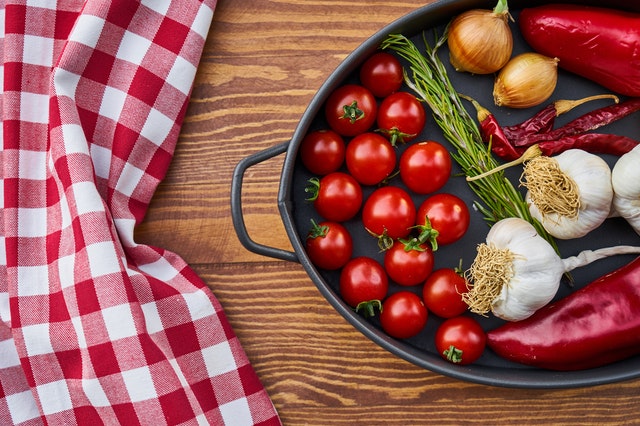
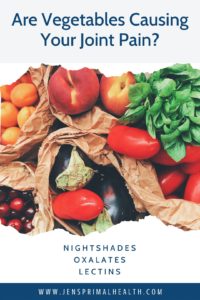
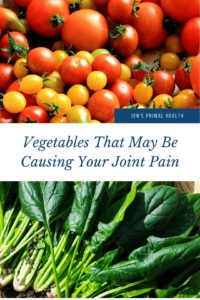
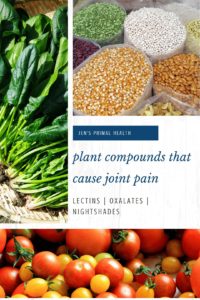

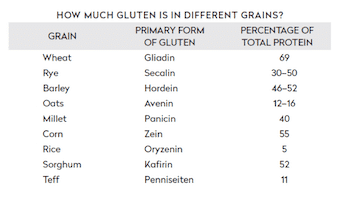 Joint Pain Caused By Lectins?
Joint Pain Caused By Lectins?

I’ve found the same to be true. The more meat I eat and the more I experiment with the carnivore diet the more I become leery of plants. It’s interesting for sure. Which foods seem to bother you the most?
Thank you for this information. Most plant foods seem to bother my digestion so I eat them in small amounts here and there.
I can see how someone who doesn’t have autoimmune issues could believe that. There are numerous testimonials, and as you can see from the science I’ve cited, actual science to support what I’ve written. Oh…and there’s my own personal experience. You can try to say it’s not true and it might not be true for you but that doesn’t mean it’s 100% false.
What a load of shit